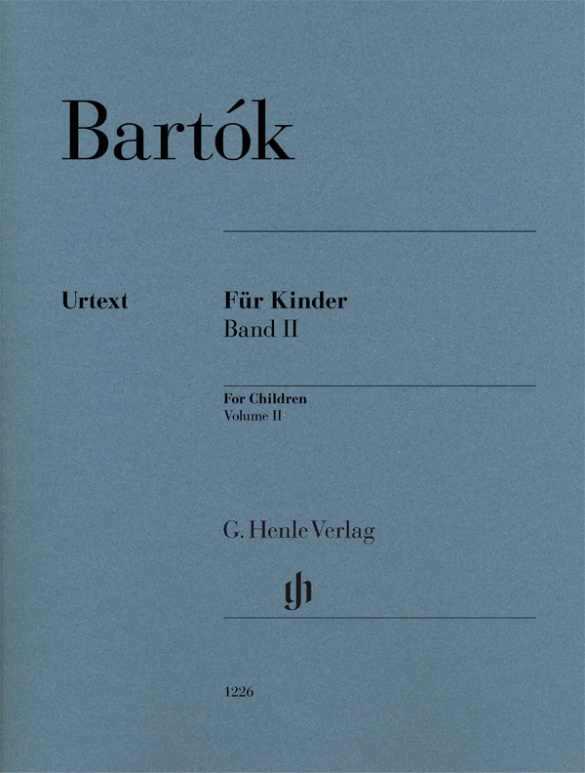

Béla Bartók
For Children, Volume II
Long before his famous "Mikrokosmos", Bartók composed a comprehensive collection of little piano pieces, entitled "For Children". Written in 1908–1911, its two volumes are based on Hungarian (volume I) and Slovakian (volume II) folk tunes respectively. Both are organised in ascending difficulty, from simple two-part pieces to Impressionistic miniatures, and they offer everything that children’s hands can manage. Bartók revised this collection in the 1940s. He did not just make musical improvements, but also gave every movement a title. This revised version forms the main text of our Urtext edition, while an appendix offers movements from the early version that diverge significantly from the revised ones. As always in Henle’s Bartók editions, there are indications regarding performance practice and insights into how the composer himself played these pieces.
Content/Details
About the Composer
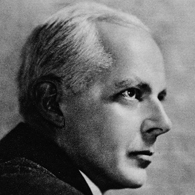
Béla Bartók
This composer, who numbers among the most important musical figures in the first half of the twentieth century, is known principally for his research into Hungarian folk music, the elements of which he incorporated into his style. His broad oeuvre includes numerous works for orchestra, piano, and chamber ensembles, as well as choral music; songs with piano accompaniment; and an opera.
| 1881 | Born in Nagyszentmiklós on March 25. First piano instruction from his mother. |
| 1893–ca. 1896 | Piano studies with László Erkel in Pressburg (Bratislava). |
| 1899–1903 | Studies piano and composition at the Budapest Academy of Music. Symphonic poem “Kossuth” in 1903. |
| from 1905 | Together with Zóltan Kodály he begins scientific field research into Hungarian folk music and thereby refutes conventional notions. He becomes acquainted with the music of Debussy. |
| 1905–07 | Suite No. 2, Op. 4, for small orchestra. |
| 1907–34 | Professor of piano in Budapest. |
| 1908–09 | “For Children,” 85 transcriptions of folk songs for piano, later only 79. |
| 1915–17 | String Quartet No. 2, Op. 17, with percussive playing techniques. |
| 1917 | Premiere of his ballet “The Wooden Prince.” |
| 1918 | Premiere of “Bluebeard’s Castle,” Op. 11 (composed 1911), partially based on the sounds of French music. |
| 1920 | Improvisations on Hungarian Peasant Songs, Op. 20. |
| 1926 | Performance of the pantomime “The Miraculous Mandarin.” Piano cycle “Out of Doors.” |
| 1926–39 | “Mikrokosmos” for piano (six volumes). |
| from 1934 | Editor of the complete edition of Hungarian folk music. |
| 1936 | Music for Strings, Percussion and Celesta as avant-garde work. |
| 1937–38 | Concerto (No. 2) for violin and orchestra. |
| 1940 | Emigrates to the United States. |
| 1945 | Piano Concerto No. 3; his concerto for viola remains unfinished. Death in New York on September 26. |
Product Safety Informations (GPSR)

G. Henle Verlag
Here you can find the information about the manufacturer of the product.G. Henle Verlag e.K.
Forstenrieder Allee 122
81476 München
Germany
info@henle.de
www.henle.com
Excellent though Peter Bartók`s edition undoubtedly was and is, this brand new edition takes scholarship to a whole new level.
Pianodao, 2018This excellent preface is a compelling read, and I particulary enjoyed their inclusion of quotations from Bartók`s lectures, in which he explains in his own words the motivations for writing these wonderful pieces.
Pianodao, 2018Those who want to teach these pieces with insight and authority will want the Henle edition.
Pianodao, 2018Die klavierpädagogische Bedeutung und Meisterschaft der Sammlung in der Nachfolge von Bach und Schumann muss man nicht betonen. Diese vorbildliche, erschwingliche Urtextedition ist jedenfalls ein Muss!
Üben & Musizieren, 2018推荐
autogenerated_cross_selling
本书目其他版本


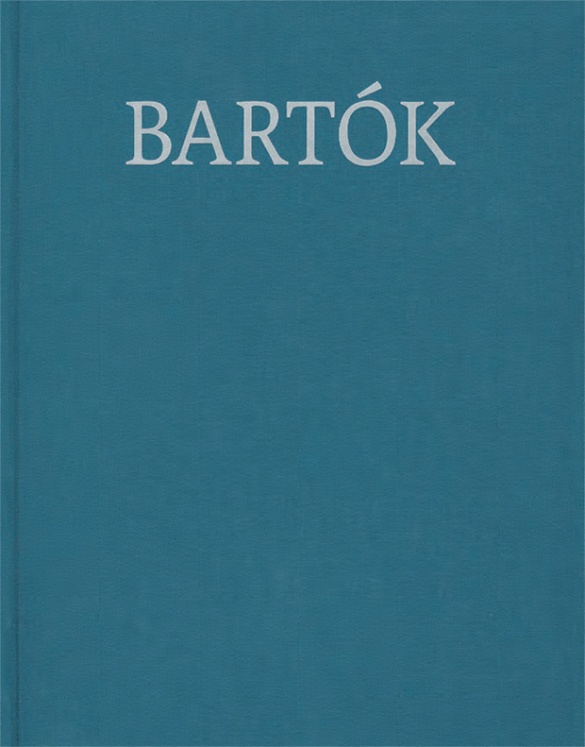
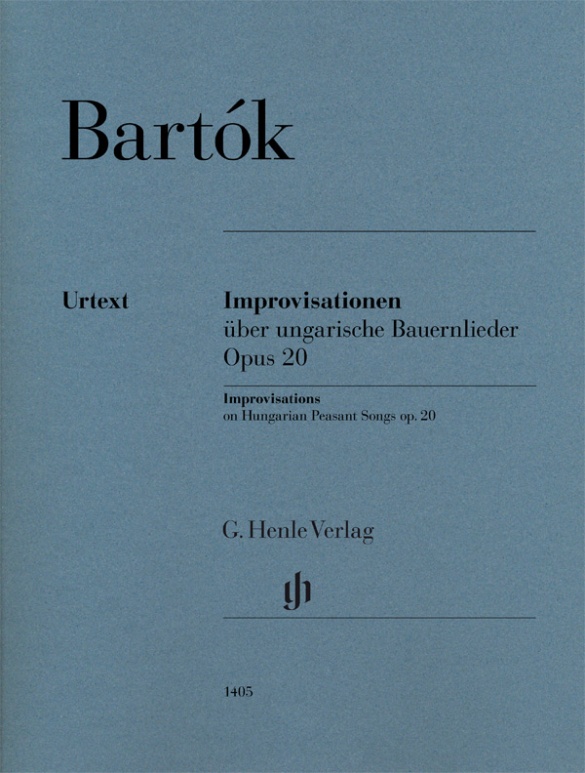

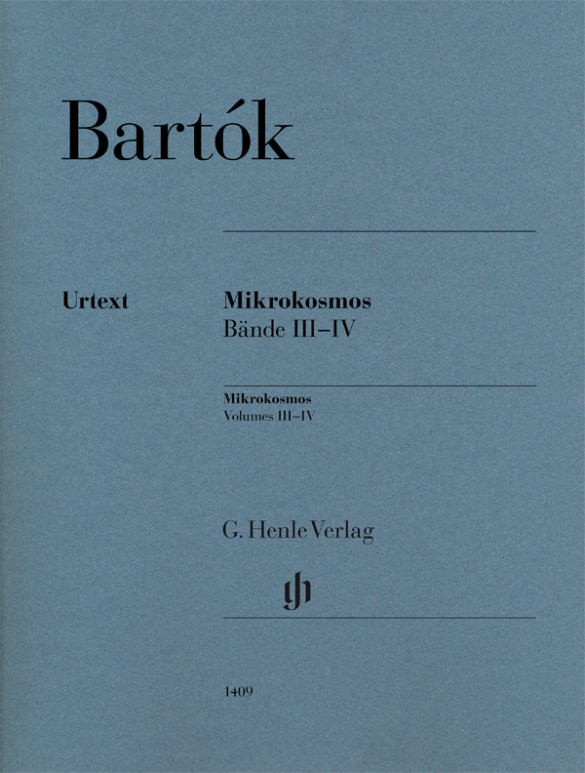
Joint publishing venture with Editio Musica Budapest Zeneműkiadó